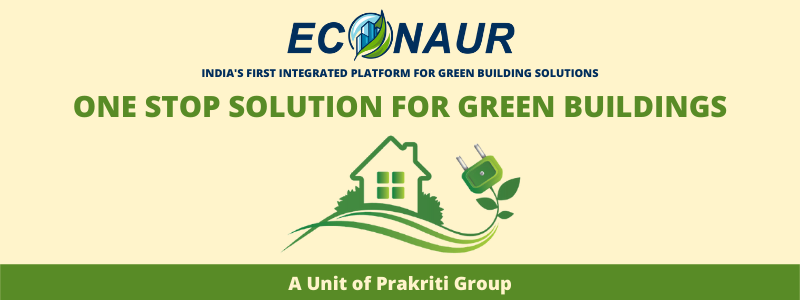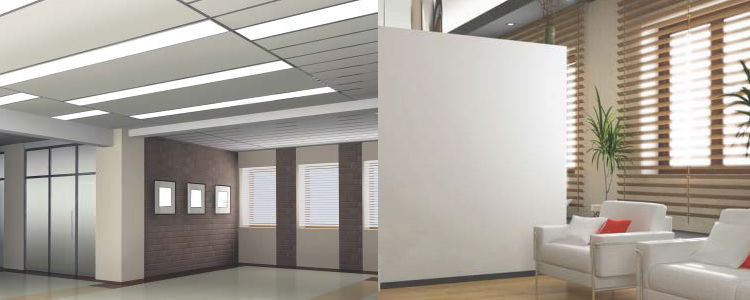The material builders use is what brought a structure together, from simple sculptures to apartment complexes. Some of these items aren’t sustainable, though, and can end up hurting the environment. Everest Boards are a greener alternative.
Everest Boards rises to the top among its competitors due to its eco-friendly benefits and cost-effectiveness. And Wood, regular cement, vinyl, and stucco are only a few examples of materials fiber cement outperforms.
When creating a home or building of any kind, construction workers will opt for the most effective path. Choosing a more sustainable route with fiber cement will yield the best results from that path. Here are the main benefits:
1. Lifespan
When comparing Fiber Cement or any Everest Boards to other siding materials like wood or vinyl, one of the first things you’ll notice is the lifespan. Everest Boards goes above and beyond what other resources can provide by outlasting the competition. It can last for up to 50 years.
The longer lifespan means residents won’t need to replace and repair their siding as often. Instead, they can save money and produce less waste over the years. Routine checkups and repairs won’t need to be done as often, resulting in cost savings.
Fibre cement is low maintenance, too. There’s no need to continually toss out old parts like you’d need to with rotting wood. Investing more now will yield a better return on investment (ROI) with fewer costs over the years.
2. Sustainability
Sustainability is a key factor when it comes to eco-friendliness. It’s the main reason why fibre cement is becoming so popular. Regular cement requires a lot of water during production, while fibre cement relies on recycled materials and consumes fewer resources. With water crises in certain areas throughout the world, using materials that reduce water usage is necessary.
Cement, sand, cellulose and recycled woods are the main components of fibre cement and Everest Boards, making it a standout for sustainable building materials. Of course, natural siding materials like wood are eco-friendly, too, but only to an extent. Once they start breaking down, they’re harder to recycle. In fact, the pieces are better off becoming part of the fibre-cement mix.
3. Versatility
If someone is hesitant about using fibre cement because they want to work with other materials, there are other details about fibre cement then. Fibre cement is the chameleon of siding materials. It can mimic other resources like stucco or wood, including grain patterns that look like the real thing.
You can get them in a variety of designs, including panels, shingles or boards. Further, fibre cement works well with paint — both in the factory and on a building.
The versatility then benefits the environment. Builders use fewer resources and instead focus solely on using fibre cement. This impact adds up with more people using fibre cement and Everest Boards, there’s less of a need for mass manufacturing natural resources.
4. Resistance
Eco-friendly typically refers to how materials benefit the environment. In another sense of the term, though, Everest Products can help prevent weather-related damage. It can better withstand hail, storms, natural disasters, and fires.
Fibre cement is strong, sturdy, and resistant to anything life throws at it. It can protect against even the harshest conditions, which leads to less out-of-pocket expenses for the homeowners. Bugs and animals that gnaw through materials like wood won’t be an issue here – Fiber Cement and Everest Boards resist it all.
Different environments and locations throughout the world have various weather conditions and threats to endure. These residential living units in France give residents peace of mind that their homes can withstand the elements.
5. Health
One subtle benefit of fibre cement and Everest Product is the neutral components that make it up. Other materials like vinyl may have volatile organic compounds (VOCs) due to their synthetic nature. These toxic compounds come from paints, sprays, preservatives, cleansers and plenty more products and materials that are common in households. These VOCs can affect human health negatively.
For instance, VOCs can cause issues like headaches, nausea, asthma and ear irritation. Reducing materials that use VOCs is then necessary to create a safer environment. Avoiding these compounds altogether is key to good health, making fiber cement a good option.
Eco-Friendly Progress
In more ways than one, Everest Products are sustainable. Environmentally, financially and health-wise, this material helps consumers save money while reducing their impact on the environment and protecting their own health. As fiber cement solidifies itself as a viable option for buildings and siding, other materials must become more sustainable. If not, fiber cement will pull ahead as a beacon of progress for eco-friendly materials.
These five benefits prove it’s a leader in the field and shows the direction construction must go to benefit consumers and the environment.








